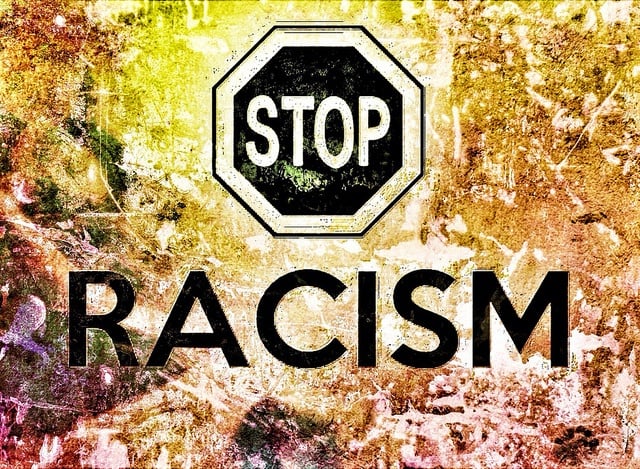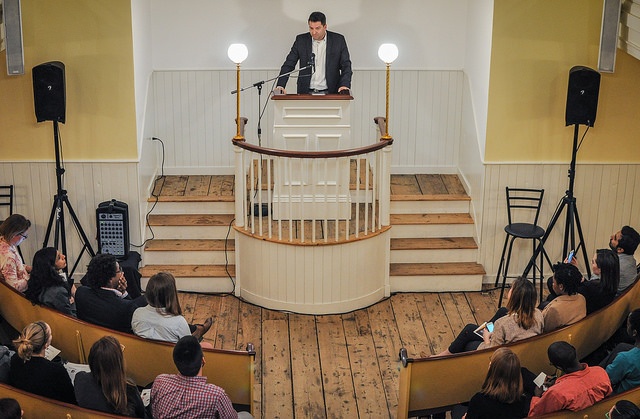This blog is the transcript of a talk delivered by Jeff Olivet in San Francisco on October 17, 2016 at the kickoff of the Center for Social Innovation’s national racism and homelessness initiative, SPARC (Supporting Partnerships for Anti-Racist Communities).
When I began as a street outreach worker two decades ago, I was told that homelessness was a problem of affordable housing. It certainly is that. I was also told it was a problem with access to mental health care, addiction treatment, and healthcare for all. In some ways, it certainly is that also. The impression we got was that homelessness was somehow a type of person, a personal failing, or a choice...all of the stereotypes that each of you hears in your everyday work.
It soon became very clear to me that there is something more going on.










